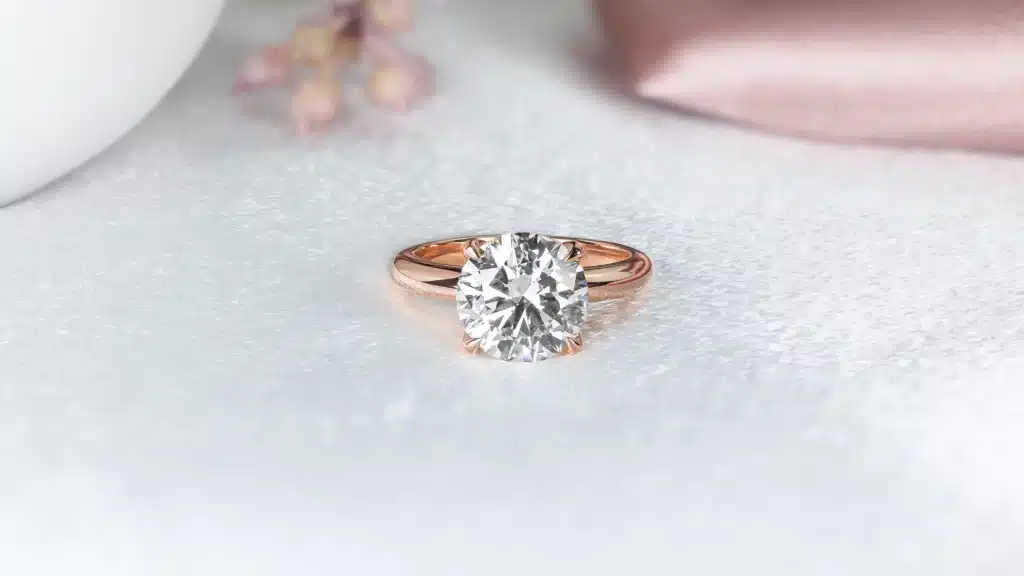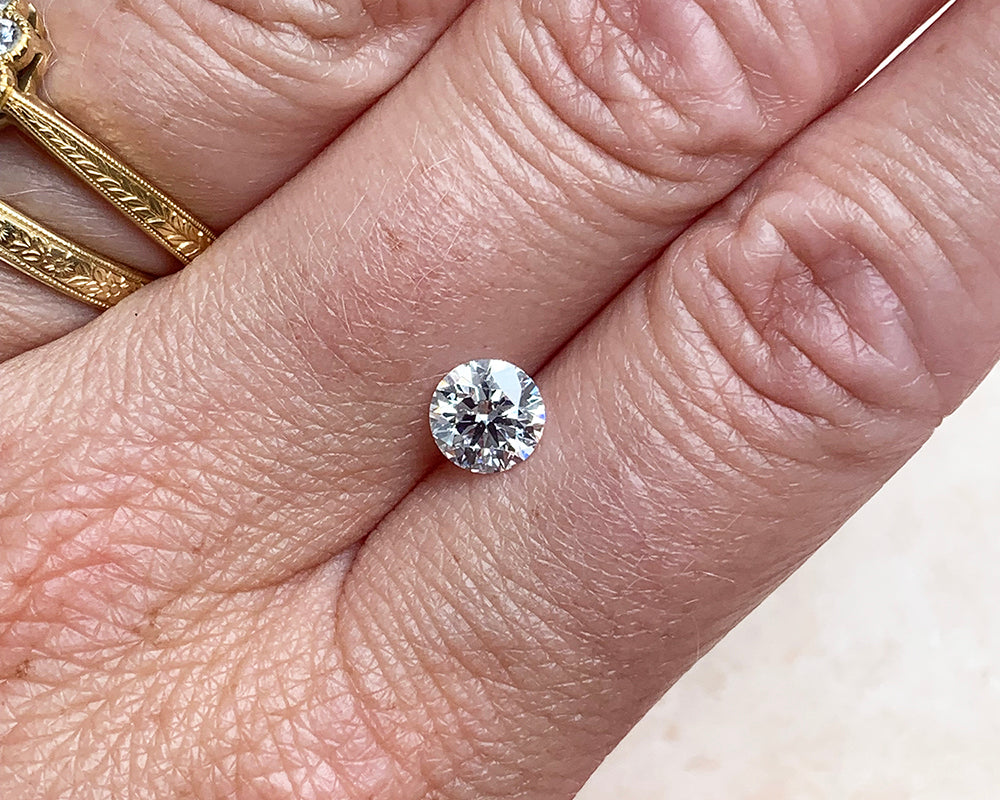
When it comes to choosing diamonds, many buyers are turning to lab grown options for their beauty, affordability, and ethical considerations. Among lab made diamonds, two main methods dominate the industry: HPHT vs CVD (Chemical Vapor Deposition). This article will provide an in-depth comparison of these two techniques, helping you understand their differences and how they relate to lab made diamonds.
What are Lab Made Diamonds?
Lab made diamonds, also known as synthetic diamonds, are diamonds that are created in a controlled laboratory environment. These diamonds possess the same physical, chemical, and optical properties as natural diamonds, but they are produced in a much shorter timeframe. Lab made diamonds have become a popular choice due to their environmental benefits and lower cost compared to mined diamonds.
HPHT vs CVD: Understanding the Processes
Before diving into the differences, it’s essential to understand what HPHT and CVD are and how they affect the creation of lab made diamonds.
HPHT: High Pressure High Temperature
HPHT is one of the oldest methods used to create lab grown diamonds. In this process, a carbon source is subjected to extreme pressure and temperature conditions that mimic the natural environment in the Earth’s mantle. A small diamond seed is placed in a chamber, and the conditions are carefully controlled to cause the carbon to crystallize around the seed, forming a diamond.
HPHT diamonds are known for their exceptional clarity and color, but they can sometimes exhibit a slight yellow or brown tint due to the pressure conditions.
CVD: Chemical Vapor Deposition
CVD is a newer method for creating lab made diamonds and involves using a carbon-rich gas, such as methane, which is heated to create a plasma. This plasma then reacts with the gas to form carbon atoms that gradually deposit on a diamond seed, slowly growing a diamond crystal. The CVD process allows for precise control over the diamond’s growth, resulting in fewer inclusions and a higher level of purity.
CVD diamonds are typically characterized by their near-colorless appearance, and their growth pattern is often more consistent compared to HPHT diamonds. CVD diamonds also tend to have fewer traces of nitrogen, which can lead to a higher-quality diamond.
HPHT vs CVD: Key Differences
Now that we have an understanding of how both methods work, let’s look at the key differences between HPHT and CVD diamonds.
1. Creation Method
-
HPHT: Uses extreme pressure and heat to replicate natural diamond formation.
-
CVD: Uses gas to deposit carbon atoms onto a seed diamond, growing the diamond layer by layer.
2. Diamond Characteristics
-
HPHT: May result in diamonds with more color variation, such as yellow or brown hues.
-
CVD: Tends to create diamonds that are closer to colorless, with fewer inclusions and more consistency.
3. Production Speed
-
HPHT: Generally takes longer to produce diamonds, especially larger ones.
-
CVD: Allows for more controlled and faster growth of diamonds, often producing diamonds more quickly.
4. Costs
-
HPHT: Due to the equipment and high pressures required, HPHT diamonds can sometimes be more expensive than CVD diamonds.
-
CVD: Typically more affordable due to the faster production time and lower cost of the technology involved.
Advantages of HPHT vs CVD Diamonds
Both HPHT and CVD diamonds offer unique advantages, and choosing between them often depends on personal preference, budget, and intended use.
Advantages of HPHT Diamonds
-
Historical Significance: HPHT diamonds are the first type of lab grown diamonds and are widely recognized in the industry.
-
Higher Hardness: HPHT diamonds are known for their hardness, which makes them highly durable and ideal for various applications, such as industrial use.
-
Color Options: HPHT diamonds can be found in a variety of color hues, providing a unique aesthetic.
Advantages of CVD Diamonds
-
Purity: CVD diamonds are often purer with fewer inclusions due to the controlled nature of the growth process.
-
Near-Colorless Appearance: CVD diamonds tend to have a better color grade, making them a popular choice for engagement rings and fine jewelry.
-
Environmentally Friendly: CVD is a more environmentally friendly option, as it uses less energy and produces fewer by-products compared to HPHT.
How to Choose Between HPHT and CVD Lab Made Diamonds?
When choosing between HPHT and CVD diamonds, it ultimately comes down to what you value most in a diamond.
-
For a Budget-Friendly Option: CVD diamonds are often the more affordable choice due to their faster production and fewer costs involved in the process.
-
For a More Unique Look: HPHT diamonds may appeal to those looking for diamonds with a distinct color variation or historical significance.
-
For a Higher Quality Diamond: CVD diamonds are often purer and more consistent in appearance, making them a great choice for those looking for clarity and a colorless appearance.
Conclusion: The Future of Lab Made Diamonds
As the technology behind lab grown diamonds continues to improve, both HPHT and CVD methods will likely continue to evolve, offering even better quality diamonds at lower costs. The ongoing developments in lab grown diamond production are paving the way for more sustainable, ethical, and affordable diamond options for consumers worldwide.
Whether you choose an HPHT diamond or a CVD diamond, both are excellent alternatives to natural diamonds. Lab made diamonds allow you to enjoy the brilliance and beauty of diamonds while also contributing to a more sustainable future.



